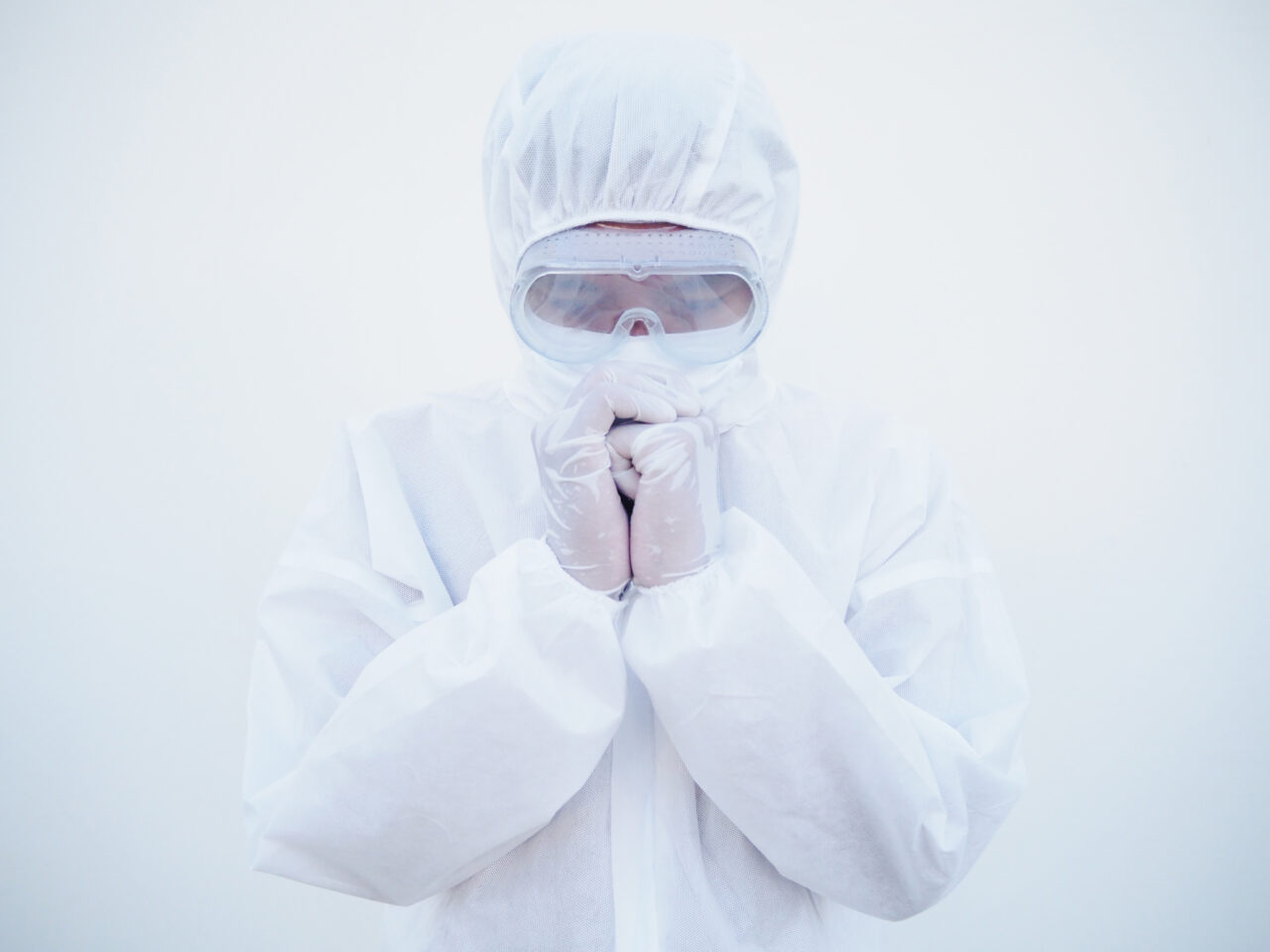
Cleanroom behaviours refer to the practices and protocols followed in environments where cleanliness and contamination control are critical, such as in cleanrooms used in industries like pharmaceuticals, electronics manufacturing, biotechnology, and aerospace. Cleanrooms are designed to maintain low levels of particulate and microbial contamination to ensure the quality and reliability of products or processes. Here are some common cleanroom behaviours:
Gowning:
Employees entering a cleanroom must wear specific cleanroom garments, including coveralls, hoods, gloves, and sometimes shoe covers. The type of gowning depends on the cleanroom classification and the level of cleanliness required.
Personal Hygiene:
Employees are required to maintain high levels of personal hygiene. This includes regular handwashing and the use of sanitizers before entering the cleanroom to minimize the introduction of contaminants.
Training:
Cleanroom employees should receive proper training on cleanroom protocols, gowning procedures, and the importance of contamination control. This helps create awareness and ensure compliance with cleanroom standards.
Restricted Access:
Access to cleanrooms is often restricted to authorized personnel only. Visitors and non-essential personnel may be required to go through a gowning process or are limited in their access to maintain cleanliness.
No Food or Drinks:
Consuming food and drinks inside cleanrooms is strictly prohibited to prevent the introduction of particles and contaminants. Designated break areas outside the cleanroom are provided for these activities.
No Loose Items:
Personal items such as jewelry, watches, or pens that are not essential to the work should be left outside the cleanroom. Loose items can introduce contaminants and compromise the cleanroom environment.
Proper Work Habits:
Workers should be trained to perform tasks in a way that minimizes the generation of particles. This may include using specific tools, avoiding unnecessary movements, and following approved procedures.
Cleanroom Maintenance:
Regular cleaning and maintenance of the cleanroom environment are essential. This includes cleaning floors, walls, ceilings, and equipment to prevent the buildup of particles.
Monitoring and Control:
Cleanrooms are equipped with monitoring systems to assess air quality and particle counts. Regular checks and controls are in place to ensure that the cleanroom environment meets the required standards.
Emergency Procedures:
Cleanroom personnel should be familiar with emergency procedures in case of accidents or other unforeseen events. This may include evacuation protocols and actions to be taken in the event of contamination.
Adhering to these cleanroom behaviours is crucial for industries where product quality and reliability are paramount. Strict adherence to cleanroom protocols helps maintain a controlled environment and reduces the risk of product defects or process failures due to contamination.
Contact Us:
If you’re struggling with Cleanroom behaviour-related issues or need help setting up Cleanroom areas, don’t hesitate to contact GxP Cellators. Our highly trained SMEs are experts in designing best practices and documents for contamination-free operations. Trust us to provide you with the support you need to ensure a safe and efficient Cleanroom environment. Feel free to contact info@gxpcellators.com or fill out the form on our website to submit your request.
Error: Contact form not found.
by admin
I am a seasoned GxP expert and the founder and CEO of GxP Cellators, a consulting firm that provides GxP advisory and auditing services to clients across the globe. My mission is to help clients achieve excellence in quality, compliance, and remediation, and to foster a robust quality culture in their organizations.
